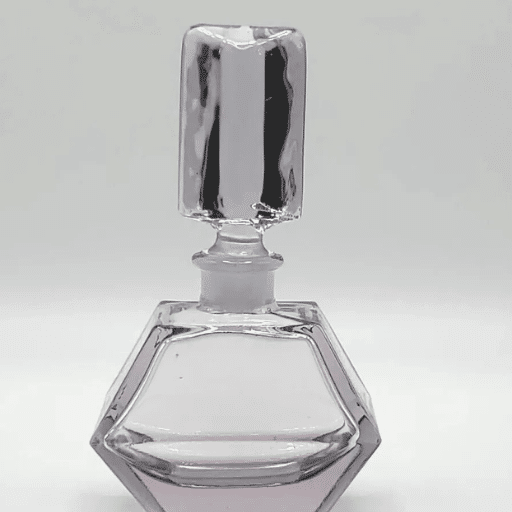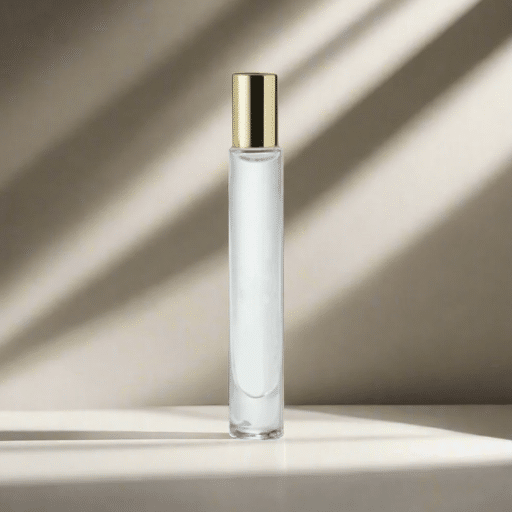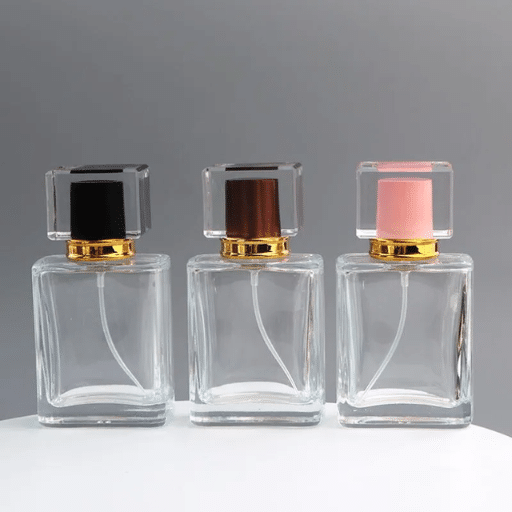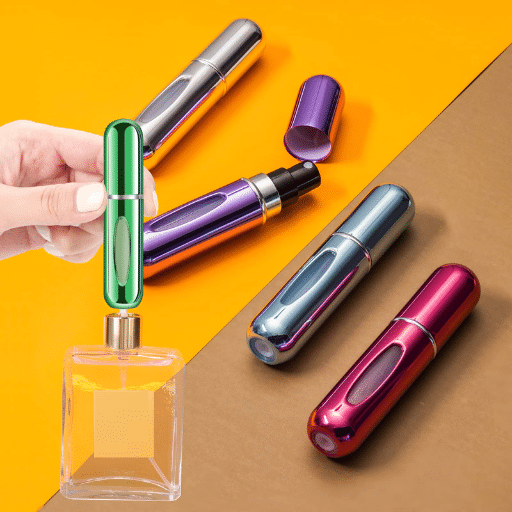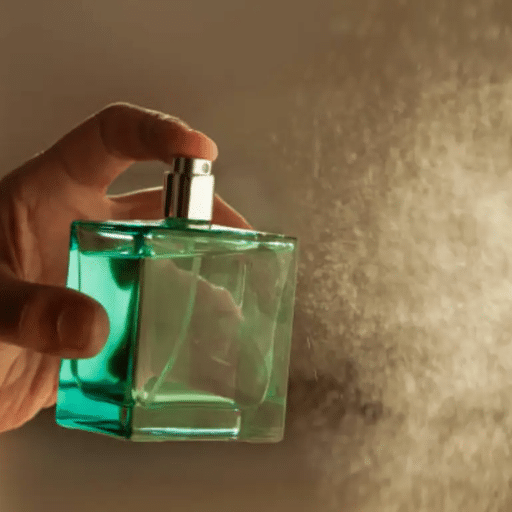Perfume bottles are often more than just containers; they are works of art, embodying elegance and charm in their design. Yet, once the last drop of your favorite scent has been spritzed, these beautifully crafted bottles often find their way into a drawer or, worse, the trash. What if you could give these empty vessels a second life? This article explores a variety of creative and practical ways to repurpose empty perfume bottles, transforming them from discarded items into functional, decorative, or even sentimental objects. Whether you’re looking to add a touch of sophistication to your home or gift someone a unique DIY creation, these ideas will inspire you to see your empty perfume bottles in an entirely new light.
What Can You Do With an Empty Perfume Bottle?
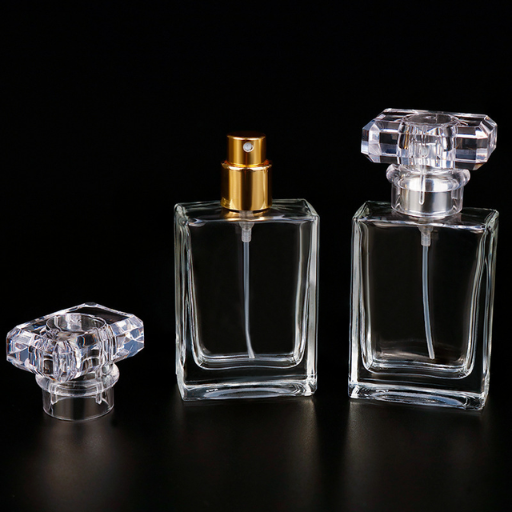
Repurposing Ideas for Empty Perfume Bottles
- Decorative Vases
Empty perfume bottles can be repurposed as small vases for displaying single flowers or small floral arrangements. Their elegant designs often complement home décor beautifully.
- Reed Diffusers
Transform the bottle into a reed diffuser by filling it with essential oils and inserting reeds. This provides a functional and sustainable way to keep your space smelling pleasant.
- DIY Candle Holders
Wide-mouthed perfume bottles can be used as unique candle holders, adding a sophisticated touch to tabletops or shelves.
- Jewelry or Trinket Holders
For bottles with removable tops, use them to store small items like rings, earrings, or beads. Their intricate designs make them both practical and visually appealing.
- Custom Gifts
Refill the bottles with homemade fragrances, oils, or bath salts and give them as personalized gifts. This thoughtful gesture combines creativity with sustainability.
By repurposing empty perfume bottles, you not only reduce waste but also create items that can enhance your daily life or living space.
How to Repurpose a Perfume Bottle Empty
Steps for Repurposing an Empty Perfume Bottle
- Completely Clean the Bottle
To prepare, I remove any remaining perfume left in the bottle. Any residue is removed by rinsing it with warm water mixed with mild dish soap. Should more stubborn residue remain, soaking it with water, vinegar, and soft brushing the persistent substances works well. After this step, I let it air dry.
- Disengage Spray Mechanism
I start this by gently pulling off the spray nozzle or cap on top of the bottle. The use of pliers generally provides the best results, however, twisting the top is an acceptable alternative. If it does not want to budge, soaking it in warm water will loosen the top while ensuring the integrity of the bottle.
- Select a New Purpose
Depending on my needs, I transform the bottle based on its size and design. For instance, small bottles become custom diffusers by adding essential oils and reed sticks. Larger bottles might serve as mini flower vases or decorative table accents.
- Decorate If Desired
To make the bottle visually appealing, I enhance it with paint, ribbons, small gemstones, or labels. This step lets me personalize it to match my style or the purpose it’s being repurposed for.
By following these steps, I can effectively repurpose my empty perfume bottles into functional and attractive new items, reducing waste while exercising creativity.
Creative DIY Projects with Glass Perfume Bottles
My first step is transforming glass perfume bottles into sophisticated diffusers by adding bamboo reeds after filling them with essential oils. With a bit of scrubbing, I can turn these into small terrariums by adding gemstones along with soil and tiny succulents. These diffusers can also be upcycled into decorative lamps by placing tiny LED or fairy string lights. This enhances the aesthetic value of the objects. These activities, alongside repurposing the bottles, further enrich and beautify my environment.
Why Recycle Empty Glass Perfume Bottles?
Recycling empty glass perfume bottles is crucial for reducing environmental impact and conserving resources. Glass is a highly recyclable material that can be processed repeatedly without degradation in quality, saving energy and raw materials compared to producing new glass. By recycling these bottles, we mitigate the accumulation of non-biodegradable waste in landfills and decrease the energy-intensive glass manufacturing process, which contributes to carbon emissions. Additionally, repurposing or recycling perfume bottles supports a circular economy, ensuring that valuable materials are reused effectively, ultimately contributing to environmental sustainability and reducing the demand for virgin resources.
How to Clean an Empty Perfume Bottle for Reuse?
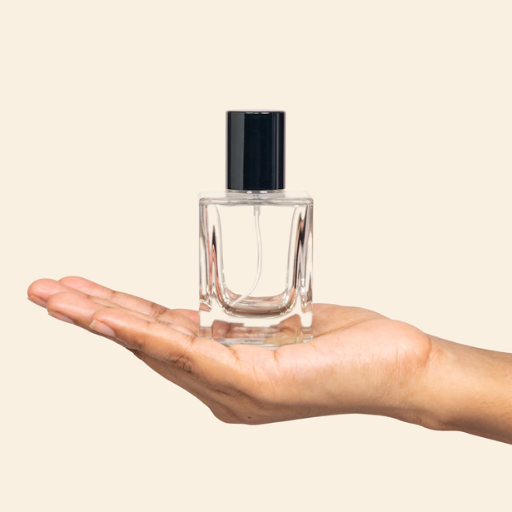
Steps to Clean an Empty Perfume Bottle for Reuse
- Remove Remaining Perfume Residue
Begin by emptying any leftover perfume from the bottle. Rinse it with warm water to flush out as much of the remaining liquid as possible.
- Disassemble the Bottle
Carefully detach removable parts such as the spray nozzle, pump, or cap. This allows for thorough cleaning of each component individually.
- Use a Mild Soap Solution
Prepare a solution of warm water and mild dish soap. Fill the bottle partially with the solution, then gently shake to remove any lingering oils, residues, or fragrances. For smaller or intricate components, soak them separately.
- Rinse Thoroughly
Wash the bottle and all its parts by removing all the soap with running warm water. If there is any soapy residue left, repeat the process until no traces of soap remains.
- Neutralize Odors
If any scent is remaining, place a solution of vinegar and water in a 1:1 ratio into the bottle and let it sit for a couple hours before rinsing it out.
- Air Dry Completely
All parts should be put on a clean towel. They should be air dried in an open space Drying should be done in an open, dry space, free from any humidity or center of soaking air stream. Make certain there is no moisture left, otherwise it will cause unwanted infection and fungus growth during the period of inactive usage of the object.
Removing all the procedures ensures that when cleaning the bottles, there is no scent left on the bottle, allowing it to be reused for different purposes.
Removing Fragrance Residue from Clear Glass
To remove fragrance residue from clear glass, I begin by rinsing the glass thoroughly with warm water to eliminate any loose particles. Then, I clean it using a solution of white vinegar and water in a 1:1 ratio to neutralize any lingering oils and odors. For tougher residues, I add a small amount of baking soda to create a gentle abrasive scrub, ensuring the surface remains undamaged. After cleaning, I rinse the glass completely with hot water and allow it to air dry in a clean, ventilated space. These methods ensure the glass is restored to its original clarity and free of fragrance residue.
Tips for Polishing Glass Spray Bottles
- Choose the Right Polishing Cloth
Use a microfiber cloth or a lint-free towel to avoid leaving fibers or streaks on the glass surface during polishing.
- Apply a Glass Cleaner
Select a high-quality glass cleaner or prepare a homemade solution of equal parts distilled water and isopropyl alcohol. This ensures effective streak removal and a polished finish.
- Polish in Circular Motions
Use gentle, circular motions to evenly distribute the cleaner and enhance the glass’s shine without scratching the surface.
- Buff with a Dry Cloth
After applying the cleaner, use a second dry microfiber cloth to buff the glass until it achieves a streak-free, glossy appearance.
- Check for Residual Spots
Inspect the bottle in good lighting to identify any remaining smudges or streaks. Repeat the process on areas requiring additional attention.
- Avoid Abrasive Materials
Do not use scouring pads, rough sponges, or abrasive substances as they can scratch or damage the glass.
- Work in a Dust-Free Environment
Ensure the workspace is clean and free of dust particles that could settle on the glass during polishing.
- Polish After Cleaning
Always polish glass spray bottles after thoroughly cleaning to avoid sealing in residue or dirt.
How to Choose the Right Glass Perfume Bottle for Your Needs?
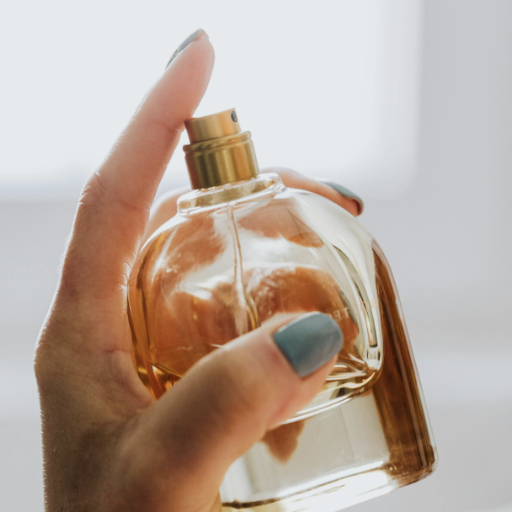
Factors to Consider When Selecting a Glass Perfume Bottle
- Capacity and Volume
Determine the desired size of the bottle based on your specific needs, such as personal use or commercial production. Glass perfume bottles are available in various sizes, ranging from small travel bottles (5-10 ml) to larger options (50-100 ml) for extended use.
- Design and Aesthetic Appeal
Choose a design that aligns with your brand or personal taste. Consider factors such as shape, color, and overall visual appeal, as these contribute to creating a positive impression.
- Material Quality
Prioritize bottles made from high-quality glass to ensure durability and resistance to breakage or chemical reactions with the perfume. Borosilicate glass is a commonly recommended material due to its strength and thermal stability.
- Functionality of the Closure System
Evaluate the type of closure system, such as screw caps, spray nozzles, or roll-ons. Ensure the closure mechanism effectively prevents leakage and preserves the fragrance.
- Customization Options
If applicable, consider whether the bottle can be customized for engraving, labeling, or unique branding requirements to give it a personalized touch.
- Environmental Impact
Opt for bottles that are recyclable or made from eco-friendly materials to support sustainability efforts.
Comparing Different Types of Glass Spray Bottles
When comparing different types of glass spray bottles, the main categories include clear, frosted, amber, and cobalt blue glass options.
|
Type |
Appearance |
UV Protection |
Capacity |
Durability |
Best Use |
|---|---|---|---|---|---|
|
Clear Glass |
Transparent |
Low |
Various |
Moderate |
Displaying contents |
|
Frosted Glass |
Matte finish |
Moderate |
Various |
High |
Elegant aesthetics |
|
Amber Glass |
Brown-tone |
High |
Various |
High |
Light-sensitive liquids |
|
Cobalt Blue |
Blue-tone |
High |
Various |
High |
Premium appearance |
Benefits of Using a Mini Perfume Bottle
Mini perfume bottles offer excellent portability, making them convenient for travel, daily commutes, or on-the-go touchups. Their compact size means they can easily fit into purses, pockets, or carry-ons without exceeding liquid limits for air travel (typically under 3.4 ounces or 100 ml). They also provide better control over product usage, reducing waste by dispensing only small amounts at a time. Additionally, mini bottles often feature airtight seals and UV-protective materials, such as amber or cobalt blue glass, to preserve the fragrance’s chemical stability by protecting it from light and air exposure. Durability is another key benefit—materials like high-quality glass or reinforced polymers ensure the bottles resist damage while maintaining their aesthetic appeal.
How to Safely Store Perfume in Empty Bottles?
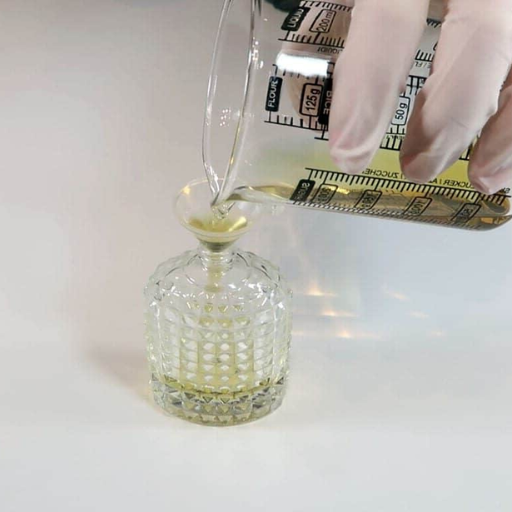
To safely store perfume in empty bottles, ensure the bottles are thoroughly cleaned and dried to prevent contamination or dilution of the fragrance. Use airtight caps or stoppers to minimize exposure to air, which can degrade the perfume’s quality. Store the bottles in a cool, dark place away from direct sunlight and fluctuating temperatures, as extreme conditions can alter the perfume’s chemical composition. For optimal preservation, consider using bottles made of UV-protective materials, such as amber or cobalt blue glass. Proper storage extends the longevity and potency of the perfume, maintaining its original scent profile.
Best Practices for Storing Oil Perfume in Glass Vials
When it comes to storing oil perfume in glass vials, I ensure to follow specific steps to maintain its quality and fragrance. First, I always use amber or dark-colored glass vials to protect the perfume from light exposure, which can cause oxidation and degradation. Next, I keep the vials tightly sealed to prevent evaporation and contamination from air. I also store the vials in a cool, dry, and dark place, away from direct sunlight or heat sources, as temperature fluctuations can alter the perfume’s composition. Finally, I handle the vials carefully, avoiding frequent opening or contact with bare fingers, which might introduce impurities. These practices help me preserve the perfume’s integrity for an extended period.
Using Roller Bottles for Easy Application
Roller bottles are a practical solution for applying perfumes with precision and ease, minimizing waste and ensuring controlled usage. To use them effectively, start by selecting a high-quality roller bottle made of glass to prevent chemical interactions with the perfume. When transferring the perfume, use a funnel or pipette to reduce spillage and maintain the fragrance’s purity. Ensure the roller and cap are securely fastened to prevent leaks. Roller bottles allow for targeted application, typically on pulse points such as the wrists, neck, and behind the ears. This method optimizes the perfume’s longevity while keeping the application process mess-free. For best results, clean the roller bottle thoroughly before refilling to avoid mixing scents and compromising the fragrance’s integrity.
Preventing Leakage in Mini Spray Bottles
To prevent leakage in mini spray bottles, I ensure that the bottle is tightly sealed by checking the threading of the nozzle and cap before use. I avoid overfilling the bottle, leaving enough air space to maintain proper pressure and prevent overflow during use. Additionally, I store the spray bottle upright and handle it carefully to prevent cracks or loosening of the components, which could lead to leaks.
Why Choose a Glass Bottle for Perfume?
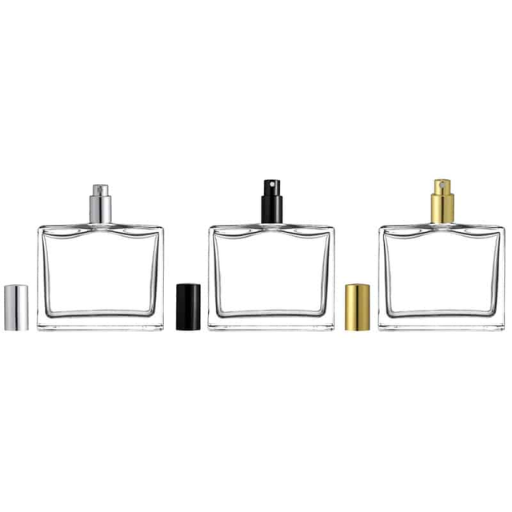
Glass bottles are an ideal choice for perfume due to their non-reactive and durable nature. Unlike plastic, glass does not leach chemicals or absorb fragrance compounds, ensuring the perfume’s integrity and longevity. Additionally, glass provides superior barrier protection against oxygen and light, preserving the scent profile. Its aesthetic appeal and recyclability also make it a sustainable and premium option for storing fragrances.
Advantages of Glass Perfume Bottles Over Plastic
- Chemical Stability: Glass is chemically inert, meaning it does not interact with or alter the composition of the perfume, ensuring the fragrance remains true to its original formulation.
- Impermeability: Glass offers an excellent barrier against air and moisture, which prevents oxidation and degradation of the perfume’s volatile compounds.
- UV Protection: Tinted or treated glass bottles can block harmful ultraviolet light, safeguarding the perfume from photodegradation.
- Aesthetic Appeal: Glass bottles exude a sense of luxury and sophistication, enhancing the marketing value of premium fragrances.
- Recyclability: Glass is fully recyclable without loss of quality, contributing to environmental sustainability and reducing plastic waste.
- Durability: Despite being breakable, glass is highly resistant to wear and tear during storage and transport compared to certain plastics.
- Odor Neutrality: Glass does not retain or emit odors, ensuring that the perfume remains untainted by external or residual smells.
- Temperature Resistance: Glass is less prone to warping or structural changes under temperature fluctuations compared to plastic.
The Aesthetic Appeal of Frosted Glass and Clear Glass
Frosted glass and clear glass each offer distinct aesthetic benefits that cater to different design preferences and functional needs. Frosted glass provides a soft, matte finish with an elegant and sophisticated appearance. It is commonly used to diffuse light and enhance privacy while maintaining a modern aesthetic, making it ideal for applications such as office partitions and luxury packaging. The texture of frosted glass also prevents smudges and fingerprints from being easily visible, maintaining its pristine look over time.
Clear glass, by contrast, delivers a sleek and timeless transparency that emphasizes simplicity and purity. Its ability to showcase contents with clarity makes it popular for high-end perfume bottles or display cases, giving a visual representation of quality and craftsmanship. Additionally, clear glass can amplify the perception of space and light, making it highly versatile for various decorative and functional uses. Both types of glass blend form and function, offering unique advantages depending on the desired design and purpose.
Environmental Impact of Using Glass Empty Containers
The use of glass empty containers offers both positive and negative environmental implications. On the positive side, glass is 100% recyclable without degradation, meaning it can be reused indefinitely. This property reduces the need for raw materials such as sand, soda ash, and limestone, and limits environmental extraction impacts. Additionally, using recycled glass (cullet) in production significantly lowers energy consumption, with each 10% of cullet incorporated reducing process energy by approximately 2-3%.
However, the environmental drawbacks include the energy-intensive manufacturing process. Producing new glass requires high-temperature furnaces (around 1700°C or 3092°F), which leads to substantial greenhouse gas emissions, primarily carbon dioxide. Transporting glass containers, due to their weight, also contributes to increased fuel consumption and emissions compared to lighter alternatives like plastics.
To mitigate these impacts, adopting measures such as increasing the recycled content ratio in glass production and optimizing supply chain logistics can play a significant role. Industries should also focus on promoting closed-loop recycling systems, where containers are collected, cleaned, and reused locally, minimizing carbon footprints further. These technical and environmental considerations highlight the dual role of glass as both a sustainable and impactful material.
Reference Sources
- 10 Brilliant Ways to Reuse Empty Perfume Bottles – A blog post with creative ideas for reusing perfume bottles.
- Reddit Discussion on Repurposing Perfume Bottles – A community discussion with practical tips and user experiences.
- What To Do With Empty Perfume Bottles: 15 Ways – A detailed guide with multiple repurposing ideas.
- Sustainable Glass: Driving Perfume Packaging Trend – Insights into the sustainability of glass perfume bottles.
- From Nature to Bottle: The Rise of Eco-Friendly Fragrances – A look at eco-friendly practices in the fragrance industry.
Frequently Asked Questions (FAQs)
Q: How can I creatively reuse an empty perfume spray bottle?
A: An empty perfume spray bottle can be repurposed for various uses, such as a fine mist spray bottle for plants, a travel perfume bottle, or a container for homemade room fresheners.
Q: What are some ideas for using a bottle for essential oils?
A: A bottle for essential oils can be used to mix and store custom essential oil blends, carry your favorite oils for travel, or as a refillable glass container for DIY beauty products.
Q: How do I refill an empty refillable perfume bottle?
A: To refill an empty refillable perfume bottle, carefully remove the spray top, use a small funnel or a syringe to pour your chosen fragrance, and then securely replace the spray top.
Q: Can an empty clear perfume bottle be used for other purposes?
A: Yes, an empty clear perfume bottle can be used as a decorative vase, a container for colored sand art, or a stylish holder for small items like pins and clips.
Q: What is the best way to clean a glass perfume spray bottle?
A: To clean a glass perfume spray bottle, rinse it with warm soapy water, use a brush for any residue, and ensure it’s thoroughly dried before reuse.
Q: Are there any eco-friendly uses for a spray bottle empty of perfume?
A: An empty spray bottle can be used to create homemade cleaning solutions, as a water sprayer for plants, or for repurposing as a travel-size spray bottle for toiletries.
Q: How can I use a perfume atomizer bottle for travel?
A: A perfume atomizer bottle is ideal for travel because it’s small and refillable, allowing you to carry your favorite scent without the bulk of a full-sized bottle.
Q: What can I do with a vintage perfume bottle collection?
A: A collection of vintage perfume bottles can be displayed as decorative pieces, used as unique vases, or even sold to collectors interested in perfume memorabilia.
Q: How do I ensure the longevity of a glass refillable perfume bottle?
A: To ensure the longevity of a glass refillable perfume bottle, store it in a cool, dark place away from direct sunlight and regularly clean it to prevent residue buildup.
Q: What are some creative uses for a crystal perfume bottle?
A: A crystal perfume bottle can be used as a luxurious decorative piece, a unique container for bath oils, or a beautiful gift when filled with a custom fragrance blend.

